LA HALLACA / Products, Typical Dishes and Culinary Wonders of VENEZUELA # 5
This will allow us to know what is the procedure for its development, forms of consumption and natural benefits, that is why I invite you to read these publications where I will provide a very detailed content, to know some products and traditional dishes of my beautiful country, that you can delight with each of the flavors of these great recipes that I put at your disposal.
As I mentioned in previous publications, Venezuelan cuisine is very varied, it is a wide range of options and cultural mixes, resulting in a great explosion of flavors, colors and aromas, which characterize my country for having a culinary expression that stands out, with diverse and original dishes, which vary according to the region, and according to the ways of life of its inhabitants. Let yourself be conquered with the delicious and traditional Venezuelan food.
Today I will talk about La Hallaca:
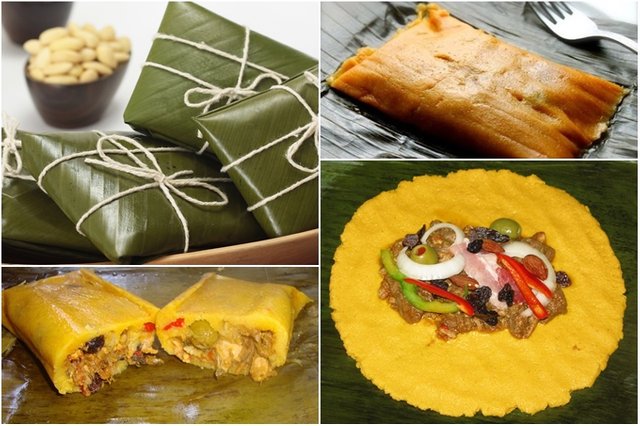
Below I will tell you what are the ingredients we need to prepare delicious, delicious and spectacular hallacas:
- White or yellow corn flour.
- Salt to taste.
- Water.
- Onoto grain or coloring in case the flour is white.
- Beef minced into small pieces.
- Pork chopped into small pieces.
- Bacon chopped into small pieces.
- Onion
- Garlic.
- Raisins.
- Sweet pepper.
- Olives
- Capers
- Salt to taste.
- Vegetable oil.
- Egg (Optional)
- Potatoes (Optional)
- Banana leaves.
- Thread wick.
- Oil to spread on the leaves.
- Large pot to cook the hallacas.
- The stew.
- Peppers.
- Egg.
- Green olives.
- Raisins.
- Onion
- Potatoes.
Preparation
- The Hallaca is made from corn flour, in Venezuela there are two brands that are excellent because when preparing the dough its consistency is firm but smooth, they taste good, they do not crack after cooking has been completed and they are: Flour Cob and Flour Bread, if in your country you can not get the precooked flour, you can apply a plan B, prepare the corn-based dough yourself, cook it for about 2 hours, then grind it and then add the salt to the pasta. taste, little by little you are pouring water and knead it until you get the ideal point.
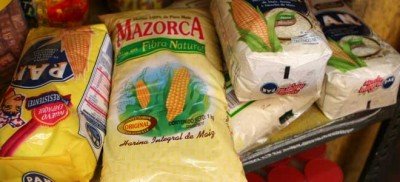
- Preparation of the Dough:In a pan over low heat place the onoto in grains with vegetable oil so that the onoto releases its color, which gives a beautiful tonality to the mass of our hallacas. We let it cook for about 15 minutes, then turn it off and let it sit and cool to be able to use it. Then in a large bowl depending on the amount of hallacas we want to make, we toss the corn flour, salt to taste and little by little we are pouring water and we are incorporating the oil onotado, once mixed all the ingredients we knead until obtaining the consistency Suitable for our mass, which will feel soft, manageable, will not crack and will have a beautiful orange color.

- Stew Making:Although I am not an expert in the preparation of the stew, I have the help of my mother who has an incomparable seasoning for the stews, even though she is in charge of the preparation, we must all help her to chop the necessary dressings to prepare the meat. I am always very attentive to the procedure, after we finish chopping all the dressings in small pieces, the first thing she does is preheat with onion oil a large pot or cauldron, where we add the onion, sweet pepper, garlic, salt and sazonatodo, a Once they are sautéed the dressings add the meat, pork and bacon, while cooking it throws green olives and capers which are indispensable to achieve the characteristic flavor of the hallaca, everything is mixed, cover it and let it cook for 40 min approximately. We must not let the broth that produces the meat dry so that the hallacas do not remain dry. This stew should be left to rest and cool to make the hallacas.
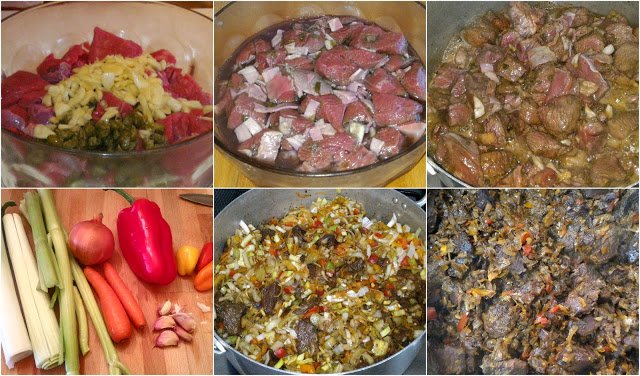
- To Arm and Cook:In the market we can buy the leaves ready to make our hallacas, it can be found by kilograms if we want to prepare in 20 and 30 hallacas with 5 kg of leaves is enough, these leaves should be washed with plenty of water and dried with a cloth very carefully so as not to break them. To make the wrap, with a pair of scissors we must cut two sheets of leaves, one large and one medium. In the large one we are going to spread the dough and with the other one it closes and protects the dough.
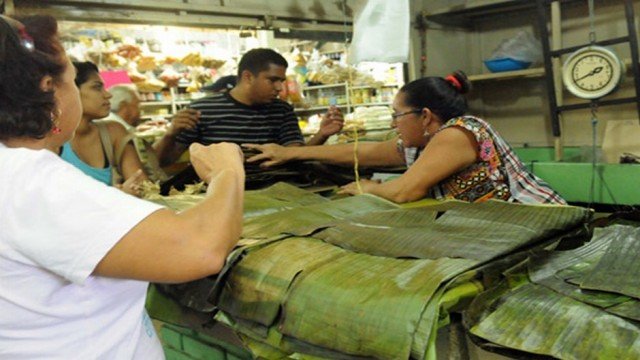
- After we have the leaves ready, we moisten it with the oiled oil or lard so that the dough does not stick to the leaves, we make a ball the size of a tennis ball and with our hands or with a roller we crush it and shape it circular, we must ensure that it is not too thick, then we begin to place the filling: add 3 tablespoons of the stew with their respective broth and on this place onion rings, paprika, olives, small raisins, some people like the hallacas with potatoes and egg, it is optional, you can fill the hallaca to your liking.
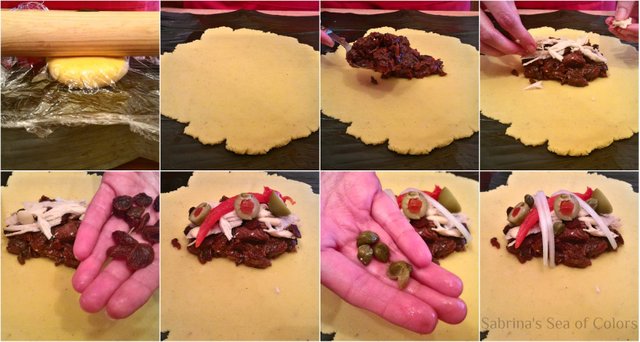
- Once the filling is placed we must fold the side sheets taking them towards the center and then the two remaining ends, then wrapping it with the smaller sheet. My sister is responsible for tying the hallacas with the wick, she cuts strips that are five feet long. It is crossed three times in each direction (horizontal and vertical) and closes with a knot or loop.
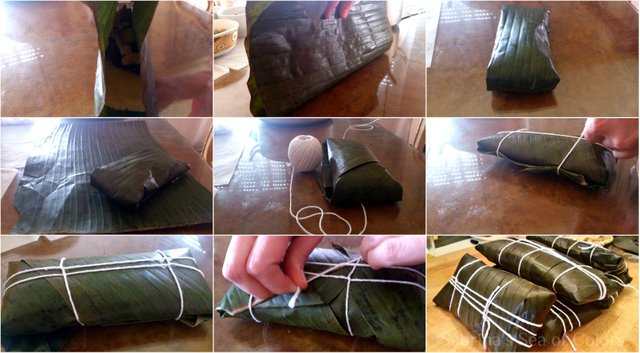
• Simultaneously while the hallacas are being assembled, we boil the water on high heat in a large pot that has enough capacity so that the water covers the hallacas so that they do not remain raw, we let them cook for approximately an hour and a half, after this time we take them out, and we put them to drain vertically so they drain all the water contained in the leaves.
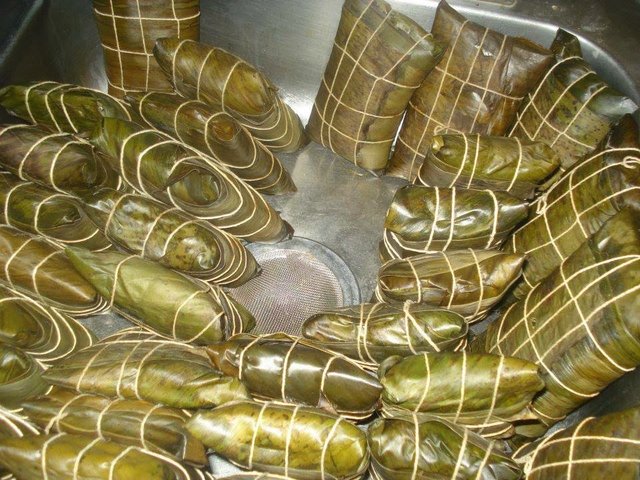
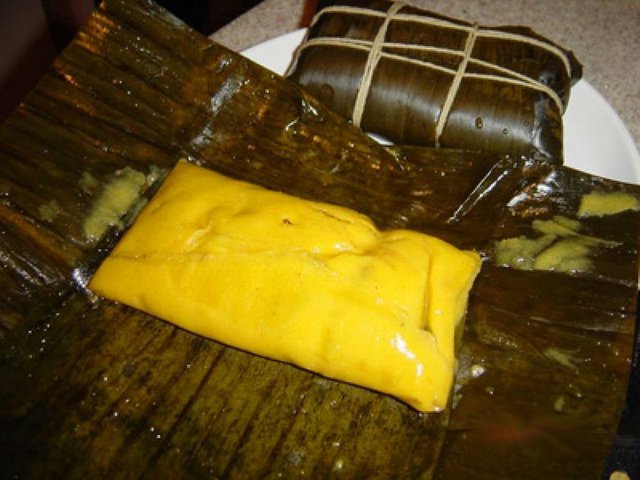
- And finally the most anticipated step, it was time to test how the rich hallacas were. Generally, we accompany them with ham bread, chicken salad, pork leg and a cold cola, they are the perfect complement. On another occasion I will explain how to make the delicious leg, which undoubtedly was too good, to suck your fingers.
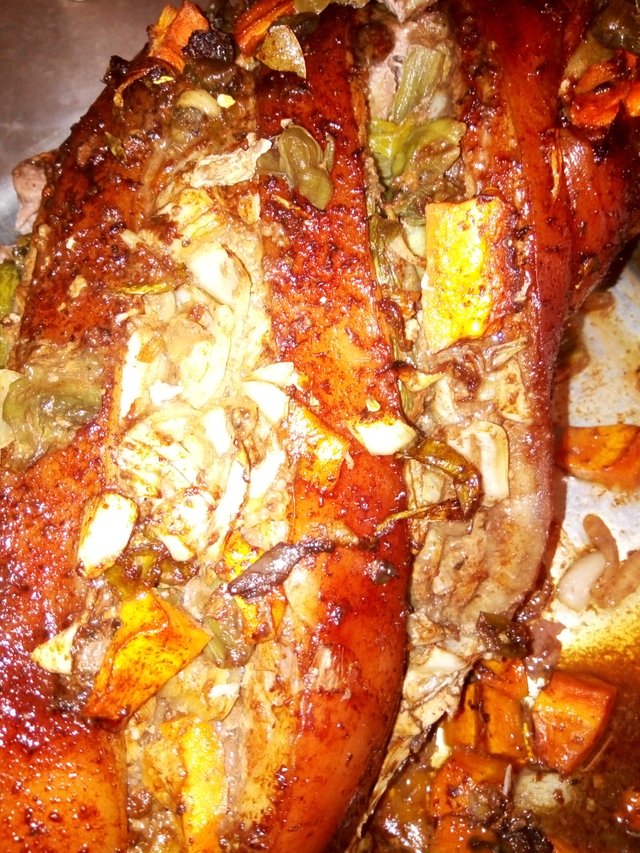
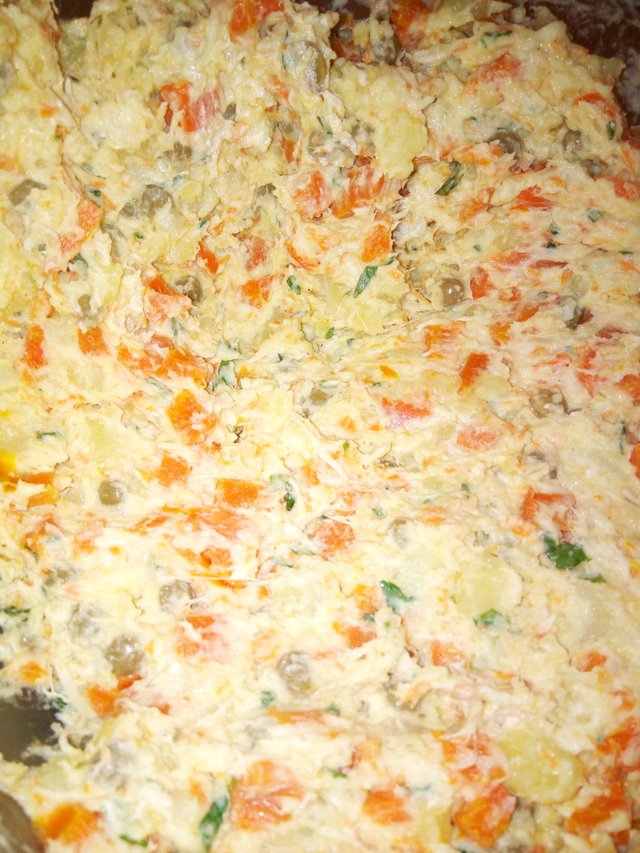
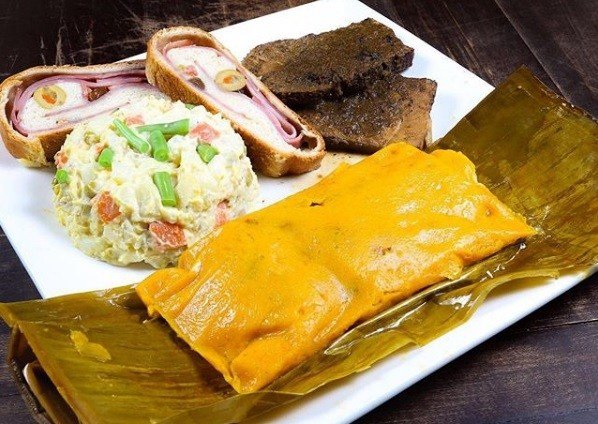
Excelente publicación, me ha trastocado la fibra más grande y profunda de mi corazón y nacionalismo, EXCELENTE! MUY RICO!
Gracias @guanipa75. = )
As a follower of @followforupvotes this post has been randomly selected and upvoted! Enjoy your upvote and have a great day!
Oh YUM -- these look awesome. I love that there are green olives in there with the meat, making my mouth water! :)
This post was shared in the Curation Collective Discord community for curators, and upvoted and resteemed by the @c-squared community account after manual review.
@c-squared runs a community witness. Please consider using one of your witness votes on us here